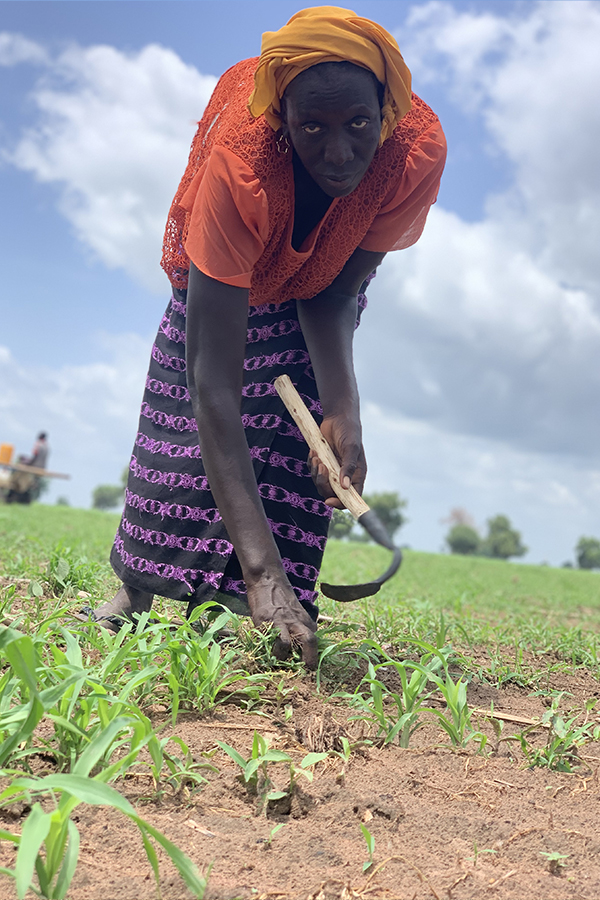
In Boiram village, in Gambia’s Central River Region, there is hardly a family that doesn’t grow millets. Here, at the heart of the West African country, the small grains are a staple held in high regard.
“We prepare millet dishes for dinner for the elderly,” says Awa Jagne, who cares for her household of 36 people. “Our pregnant women, lactating mothers and infants also eat porridge as nutritional supplements, due to a lack of access to modern milk supplements.”
Malang Fofana, Deputy Executive Director of the National Nutrition Agency (NaNA), agrees.
“Millets can provide essential vitamins and minerals for children’s growth and can control blood sugar levels among pregnant women."
Awa, 45, plants her millets in summer and harvests in early fall. Processing them is backbreaking, she says, and mostly done by women. The threshing and winnowing is itchy business. The dried seeds are then crushed into flour with a machine or by hand with a large mortar and a pestle. But it’s worth the effort, she says, because it is for home use. And for Awa, who also grows rice, the highest nutritional value still lies in her millets. So the women find ways to entertain themselves chatting and singing.
Beyond nutrition, pearl millet –the country’s go-to variety– has long helped rural communities like Boiram stave off poverty thanks to its drought-tolerance: when other crops fail, pearl millet is the cash crop farmers can rely on to produce a good harvest.
“Millets provide a livelihood for us in forest-degraded communities,” says Chief Jim Jobe, hinting at years of severe forest fires that dealt a blow to local biodiversity.
Now in his eighties, he holds the title of longest-serving Chief in the history of the Gambia, but he’s still working the land with his horse and plow. “Last year I produced approximately 300 bags of pearl millet from my six hectares of farm,” he says; a sizeable harvest at 50kg a bag.
Over four decades, harvests like this have allowed him to perform the Hajj in Mecca, build his home, buy cattle, and pay his children’s tuition.
A drop in millet production between 2020 and 2021 showed there is still the need to support Gambian farmers with training, tools, and promotion campaigns. But more recently people on the ground say rising prices of imported rice are making people reach for locally grown millets again – a win for farmers like Chief Jobe and nutrition all around.